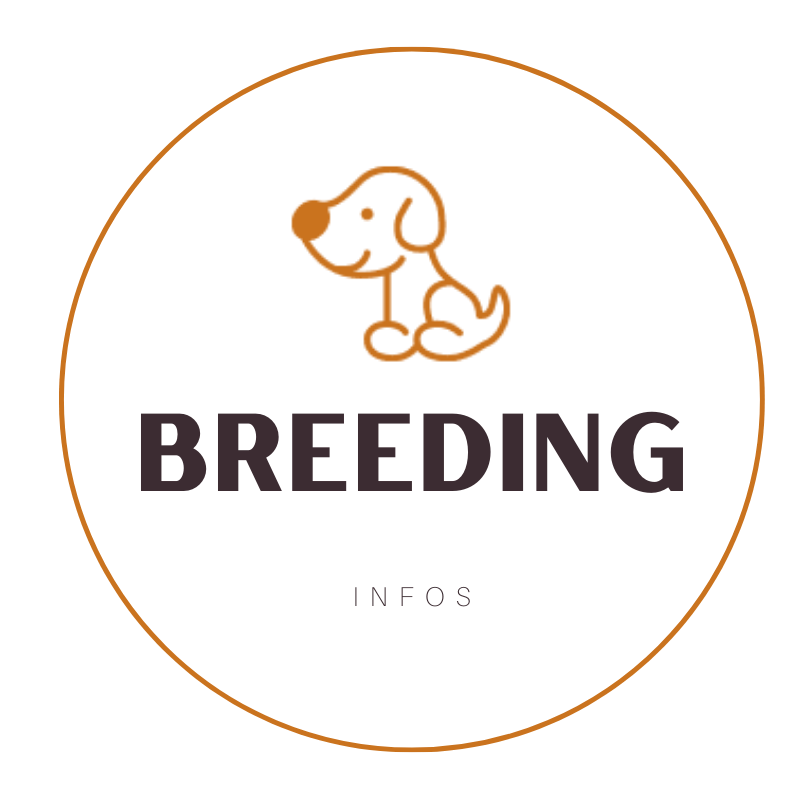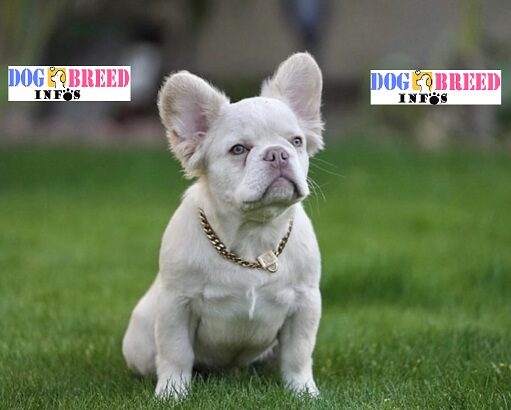The term “Serbian Rottweiler” is not officially recognized or established within the official breed standards or terminology for Rottweiler dogs. Rottweilers are a distinct breed with well-defined characteristics, and their origins are typically associated with the town of Rottweil in Germany.
It’s possible that the term “Serbian Rottweiler” could refer to Rottweilers that are bred in Serbia or have lineage from Serbia. However, it’s important to note that responsible breeders worldwide aim to adhere to breed standards set by organizations like the American Kennel Club (AKC) or the Federation Cynologique Internationale (FCI). These standards outline the specific traits and characteristics that define the Rottweiler breed.
If you come across the term “Serbian Rottweiler,” it’s advisable to research the particular breeder or context in which it is used to determine whether it refers to a unique lineage, breeding program, or marketing term. Regardless of the origin or lineage, responsible breeding practices, proper socialization, and training are essential to ensure the well-being and balanced temperament of any Rottweiler.
Comparing Serbian Rottweilers and German Rottweilers: Origins and Traits
Rottweilers are a breed renowned for their strength, loyalty, and protective nature. When comparing “Serbian Rottweilers” and “German Rottweilers,” we are examining dogs that may differ in lineage, characteristics, and potentially even breeding standards. Let’s explore the distinctions between these two terms.
Serbian Rottweiler:
Origins: The term “Serbian Rottweiler” is less commonly recognized within the breed standard and might refer to Rottweilers bred in Serbia or those with Serbian lineage. Characteristics: Dogs referred to as Serbian Rottweilers may share traits with the Rottweiler breed standard but could also display influences from Serbian breeding practices. They may possess qualities such as strength, loyalty, and protectiveness. Lineage: The term implies that these dogs have a connection to Serbia, which might influence their genetics and characteristics. These dogs may have been bred to meet specific preferences or needs in that region.
German Rottweiler:
Origins: The Rottweiler breed originates from Germany, where it historically served as a herding and working dog. Characteristics: German Rottweilers often adhere more closely to the breed standard established by organizations like the American Kennel Club (AKC) or the Federation Cynologique Internationale (FCI). They possess the recognized traits of the Rottweiler breed, including loyalty, strength, and a distinctive black coat with tan markings. Lineage: German Rottweilers can trace their lineage back to the breed’s place of origin. Breeders often prioritize adhering to established standards and producing dogs with the classic Rottweiler traits.
Key Differences:
Breeding Standards: German Rottweilers are more likely to closely adhere to recognized breed standards due to their origin. Serbian Rottweilers may display variations influenced by local breeding practices. Characteristics: Both types share common Rottweiler traits, including loyalty and protective instincts. However, Serbian Rottweilers might display differences influenced by their lineage. Recognition: German Rottweilers are more likely to be recognized by international breed organizations due to their alignment with established breed standards.
Conclusion:
While both Serbian and German Rottweilers are likely to share core Rottweiler traits, the distinction lies in their lineage, adherence to breed standards, and potential variations influenced by regional breeding practices. Whether you’re considering a Serbian Rottweiler or a German Rottweiler, responsible breeding, proper training, and attentive care are essential to raising a healthy and well-adjusted companion.
Read more articles about this breed below
American Rottweiler vs German Rottweiler
German Rottweiler vs American Rottweiler
German vs American Rottweiler
Please write in American English.
















